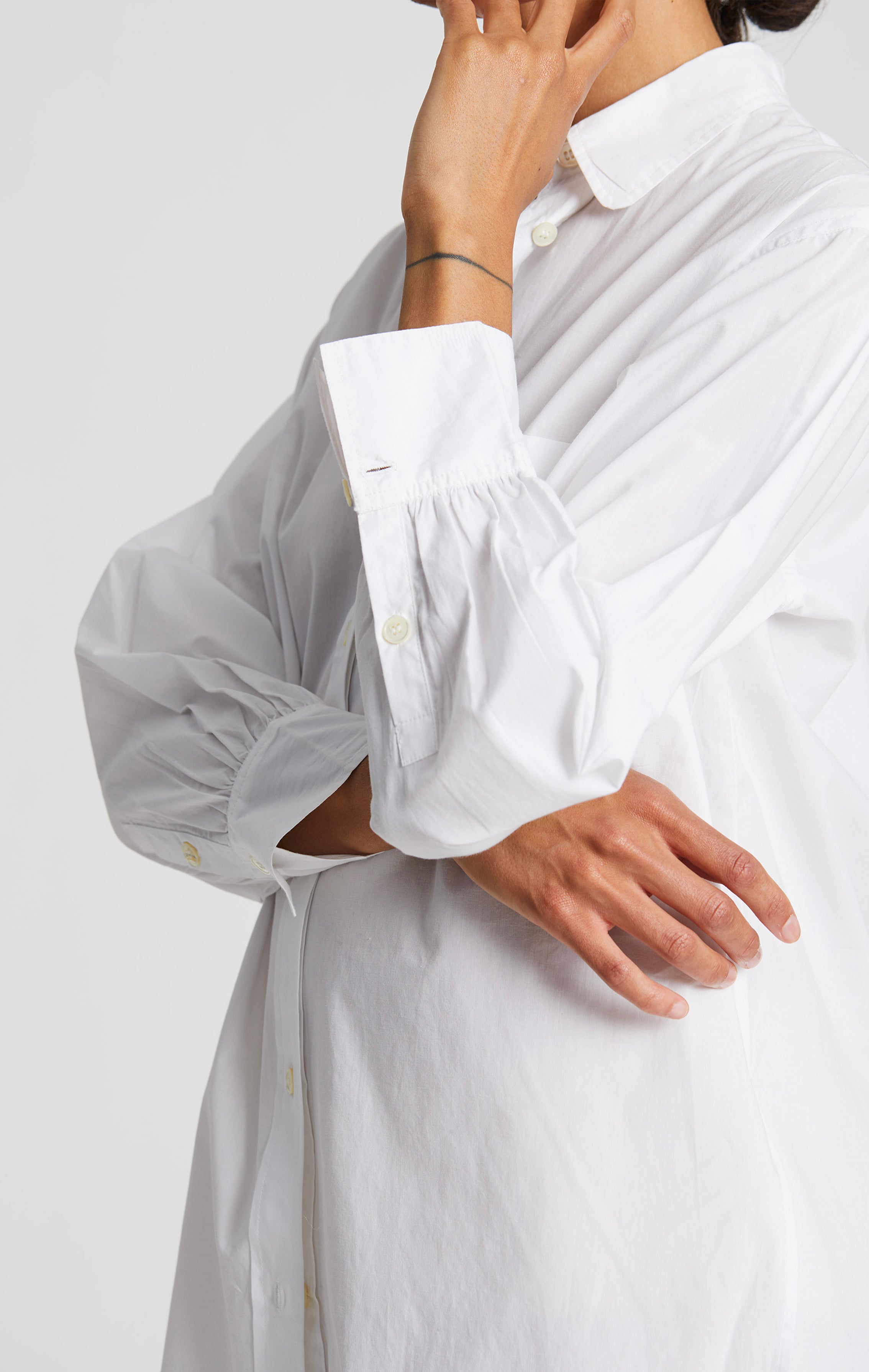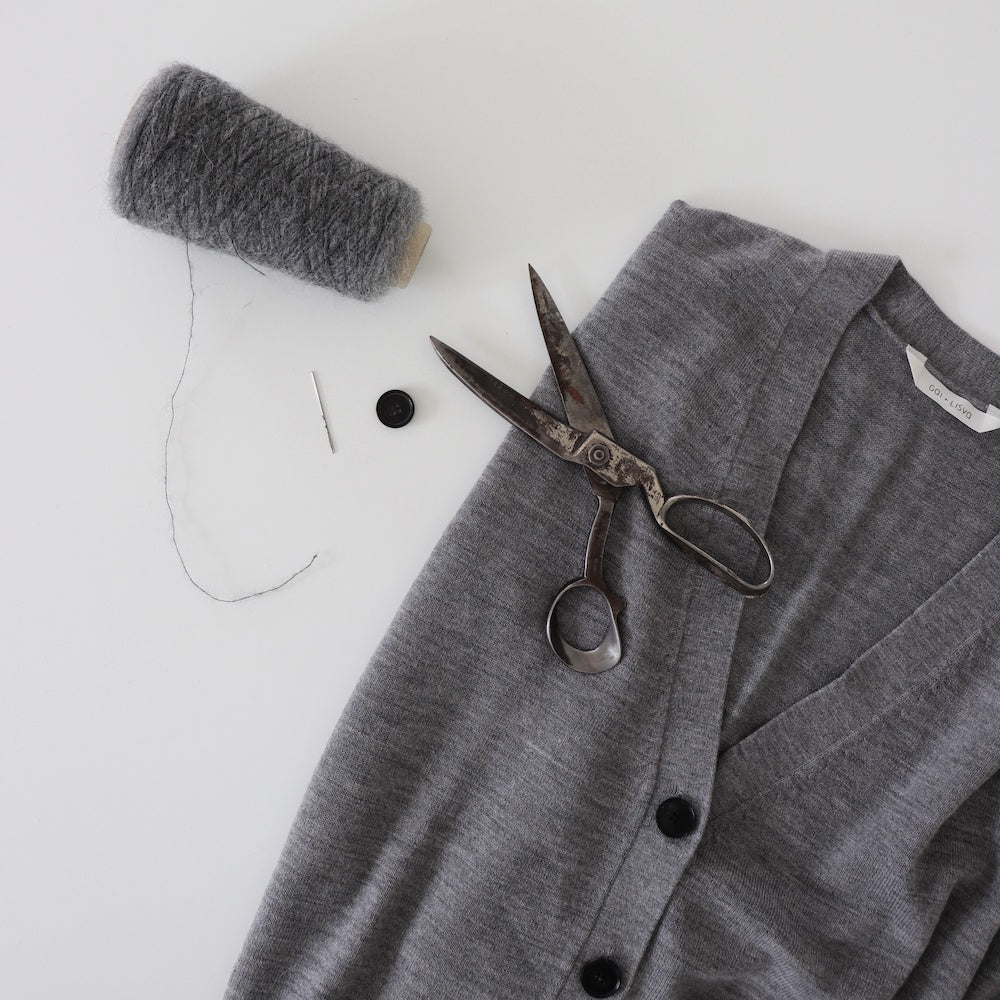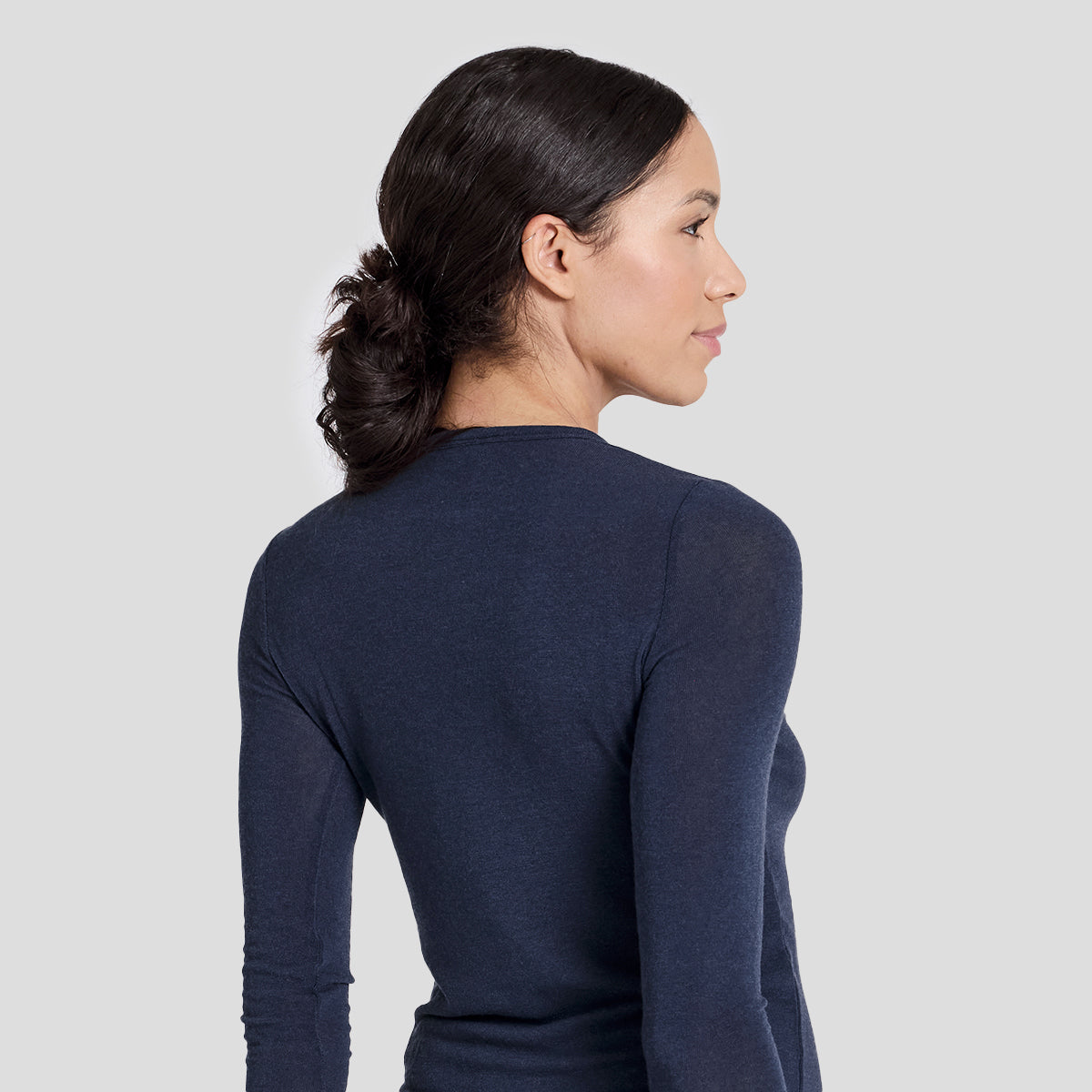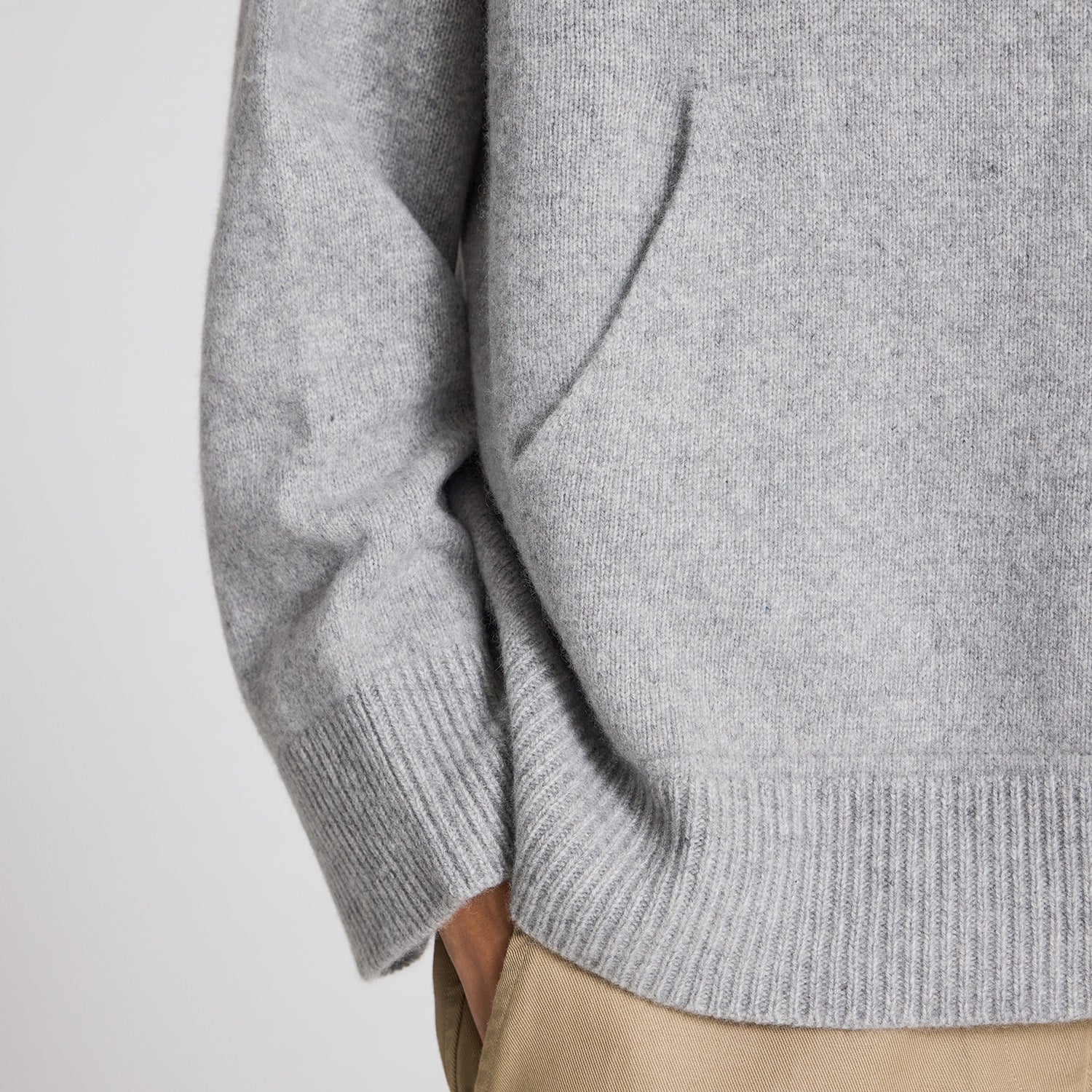REDUCE • REPAIR • REUSE • RESALE
CIRCULAR MOVEMENT

The manufacturing of clothes has an impact on the environment and on communities all over the world. It takes time and careful consideration to create styles and collections whose impact on the world we live in is as limited as possible. Hard-wearing, high-quality styles that last for many years.
The cultivation of raw materials and the production of textiles have a significant impact on both local ecosystems and the global climate. Therefore, we want to use durable natural fibres and materials with as low an environmental impact as possible. We are constantly working to minimise our use of plastic-based fibres and replace them with certified natural fibres. We believe that when we purchase and use clothes, we must do so with a circular mindset to ensure that the clothes last longer.
Reduce: Limit your consumption and buy fewer clothes of better quality.
Repair: Repair your clothes or have a professional do it for you.
Useful tools for clothing care:
- Fabric shaver
- Lint roller
- Extra buttons
- Needle and thread
Reuse: Buy your clothes secondhand and donate or sell the clothes you no longer use.
Resale: To ensure that our styles have as long a life as possible we would love if you sell or donate your GAI+LISVA styles you are no longer using. This extends the life of your clothes by allowing others to reuse them.
By focusing on these four points, we wish to contribute to a more responsible attitude towards the consumption and production of clothes and thus reduce our impact as much as possible.
A RESPONSIBLE INVESTMENT - WHY THIS IS IMPORTANT TO US
Buying clothes should be a responsible and long-term investment. This is why we design high quality clothes which can be used again and again, across seasons and independently of trends.
By taking good care of your clothes, you extend their life and avoid unnecessary wear and tear so you can enjoy wearing them for many years to come.
We have created this guide to clothing care to help you take good care of your clothes.
WASH GUIDE
It is important that you wash your clothes correctly, with due consideration for the material. Always follow the instructions on the washing label inside each garment. If in doubt, you are always welcome to contact our customer service.
We recommend that you wash your clothes less frequently and use a low temperature and a low spin cycle when you wash them to reduce both the environmental impact and the wear on your clothes.
You can skip one or two washes and instead just air your clothes outside; this applies particularly to wool garments. In addition, we recommend machine washing on a gentle cycle with a temperature of maximum 30ºC or a cold hand wash with a low spin cycle.
Use a detergent which is suitable for the clothes and avoid using fabric softener. For delicate materials we recommend using a laundry bag. Wash the garments separately from other clothes that have buttons, zippers and the like which can damage the garments.

HOW TO TAKE CARE
It is important to wash your garments correctly depending on material. Always follow the instructions in the care label.
See how to wash our garments in the guide below.
CARE & REPAIR
Care & repair
If your clothes get damaged, we recommend that you repair them or get a seamstress to do it for you.
It is better to repair your clothes than to just throw them out. In this way you can extend the life of your clothes and enjoy wearing them for many years to come.
A seamstress can also help you if you need to have your clothes altered to fit your body.

PILLING
All clothes, no matter the quality, are prone to pilling over time and due to regular wear and tear. You can easily make your clothes look nice again with the aid of a fabric shaver and a lint roller. A lint roller removes loose pills from the clothes, while a fabric shaver gently cuts off the loose fibres.
Place the garment on a flat surface and carefully pass the fabric shaver over it in one direction only. Do not press down too hard as it can damage the fibres.












